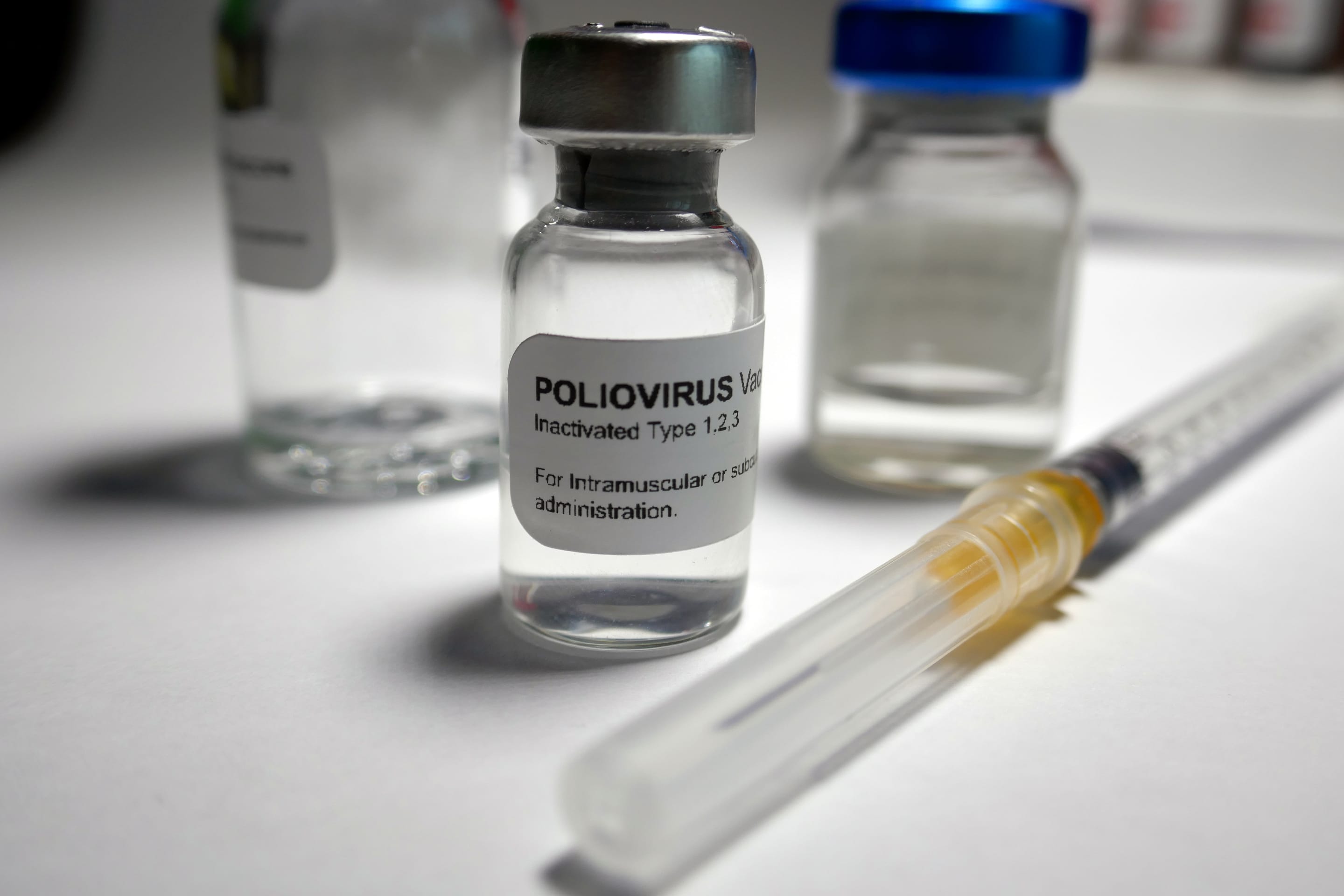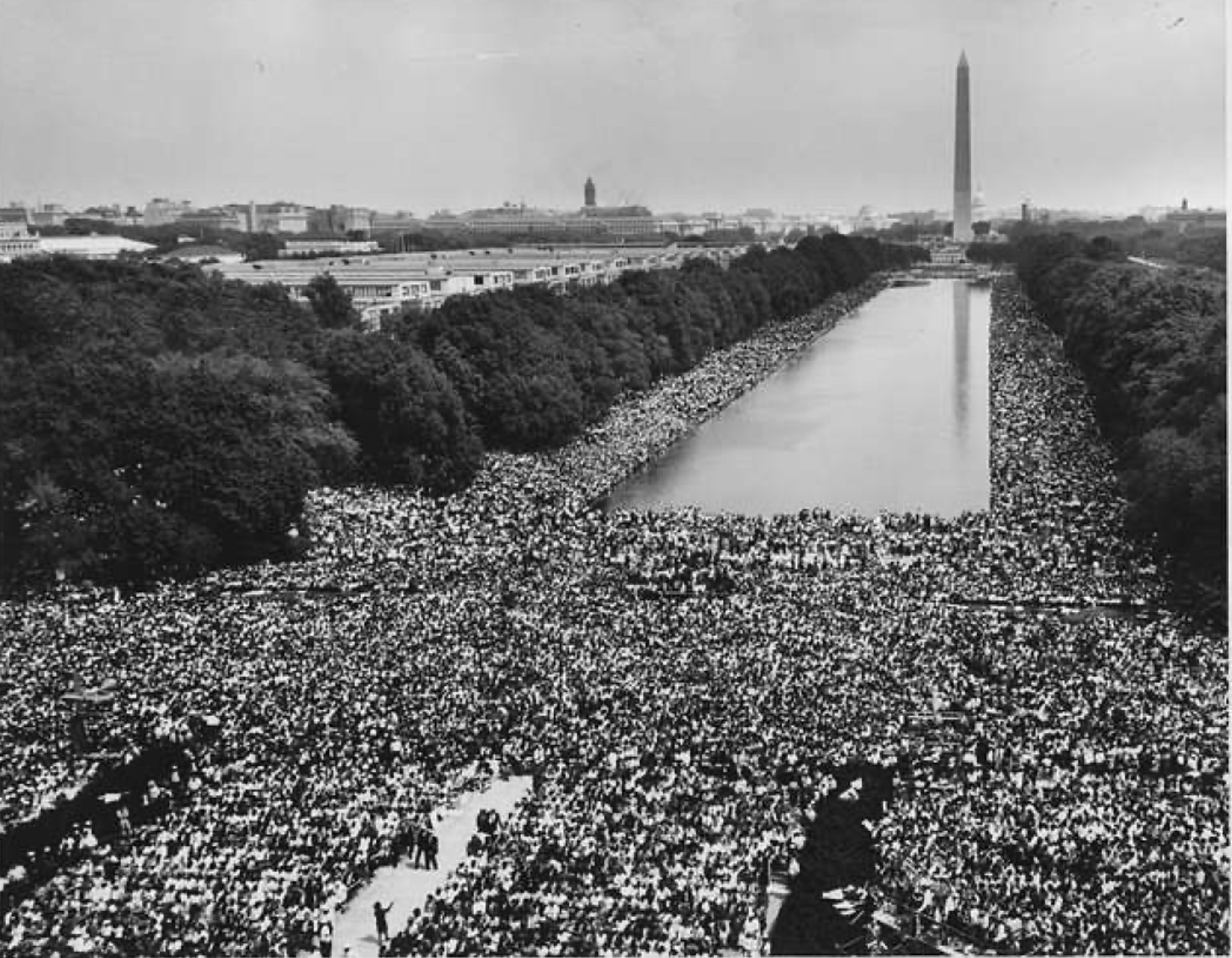Causes.com
| 7.29.22

First Polio Case Found in the U.S. Since 2013
How do you feel about the case of polio in the U.S.?
What’s the story?
- A case of polio was reported last week in Rockland County, New York, the first the U.S. has seen in almost a decade, according to state and county health departments. The patient was unvaccinated and is no longer contagious, but has developed paralysis.
- The state health department believes that the patient contracted a strain of the disease likely derived from an oral polio vaccine which contains a live version of the virus. The U.S. only administers inactivated vaccines with dead polio germs.
- Polio is a highly infectious virus that can cause debilitating, and sometimes paralyzing, damage to the spine and muscles. It typically spreads orally. The Centers for Disease Control and Prevention (CDC) says about 72% of people will have no visible symptoms, while around 25% will experience flu-like symptoms. Polio patients rarely have severe, life-threatening symptoms.
Live vs. inactivated vaccine
- Vaccines are used to introduce a harmless version of the pathogen into the immune system, so the body has antibodies to fight off the real germs if ever encountered.
- The oral polio vaccine uses a live, but weakened, poliovirus. The virus is weakened so it can no longer cause disease. However, because the vaccine is given orally, it can be excreted in the feces and spread. If the weakened virus circulates enough, it can mutate, regaining the ability to cause paralysis. This can especially occur in communities with poor sanitation and low vaccine rates.
- The live version is used by some countries to spread the vaccine to others and help protect large communities. Dr. Monica Gandhi told Medical News Today that the case can be traced to exposure to a person who received the live oral vaccine outside of the U.S.
- The live-virus vaccine stops polio transmission in a way that the inactivated vaccine does not. According to Scientific America, the eradication of polio in the Americas, Europe, and Africa was accomplished through the use of the live oral vaccine. Once polio is wiped from a region, it is then safe to use the inactivated vaccine.
- The other vaccine contains a dead virus, administered by an injection. In the U.S., children receive the inactivated polio vaccine at 2, 4, and 6 months old, providing nearly complete protection from paralytic polio.
What does this mean?
- The New York health departments and the CDC recommend that those unvaccinated against polio receive the vaccine.
- For those vaccinated in the U.S., the case should be little cause for concern, as stated by Medical News Today. According to the CDC, the polio vaccine is 90% effective after two doses and 99-100% effective after four doses. Dr. Gandhi explained that the patient in the U.S. has been isolated, so there is likely no danger of spread.
- Dr. Gandhi added:
“[I]t is crucial that we emphasize the importance of vaccination against polio and other infectious diseases that are not yet eradicated. Vaccination is our best protection against a range of infectious diseases and should be emphasized and elevated by this case.”
- If you are not vaccinated against polio, ask your doctor about receiving the recommended number of doses of the vaccine. Parents and guardians should also take steps to make sure their children are protected against polio.
Are you concerned about polio in your community?
-Jamie Epstein
(Photo credit: iStock.com/Hailshadow)
The Latest
-
 Changes are almost here!It's almost time for Causes bold new look—and a bigger mission. We’ve reimagined the experience to better connect people with read more...
Changes are almost here!It's almost time for Causes bold new look—and a bigger mission. We’ve reimagined the experience to better connect people with read more... -
 The Long Arc: Taking Action in Times of Change“Change does not roll in on the wheels of inevitability, but comes through continuous struggle.” Martin Luther King Jr. Today in read more... Advocacy
The Long Arc: Taking Action in Times of Change“Change does not roll in on the wheels of inevitability, but comes through continuous struggle.” Martin Luther King Jr. Today in read more... Advocacy -
 Thousands Displaced as Climate Change Fuels Wildfire Catastrophe in Los AngelesIt's been a week of unprecedented destruction in Los Angeles. So far the Palisades, Eaton and other fires have burned 35,000 read more... Environment
Thousands Displaced as Climate Change Fuels Wildfire Catastrophe in Los AngelesIt's been a week of unprecedented destruction in Los Angeles. So far the Palisades, Eaton and other fires have burned 35,000 read more... Environment -
 Puberty, Privacy, and PolicyOn December 11, the Montana Supreme Court temporarily blocked SB99 , a law that sought to ban gender-affirming care for read more... Families
Puberty, Privacy, and PolicyOn December 11, the Montana Supreme Court temporarily blocked SB99 , a law that sought to ban gender-affirming care for read more... Families
 Climate & Consumption
Climate & Consumption
 Health & Hunger
Health & Hunger
 Politics & Policy
Politics & Policy
 Safety & Security
Safety & Security
